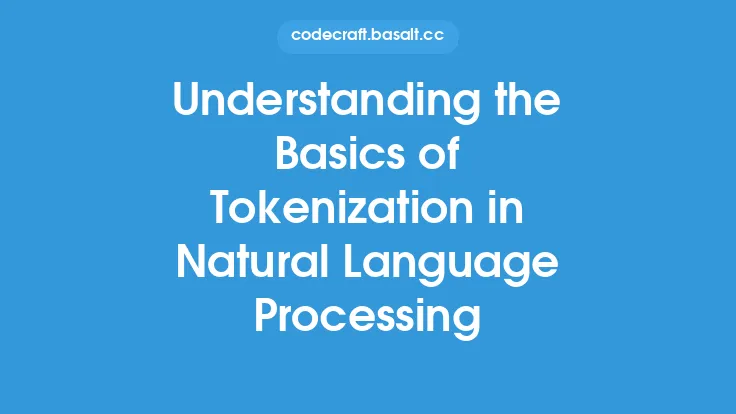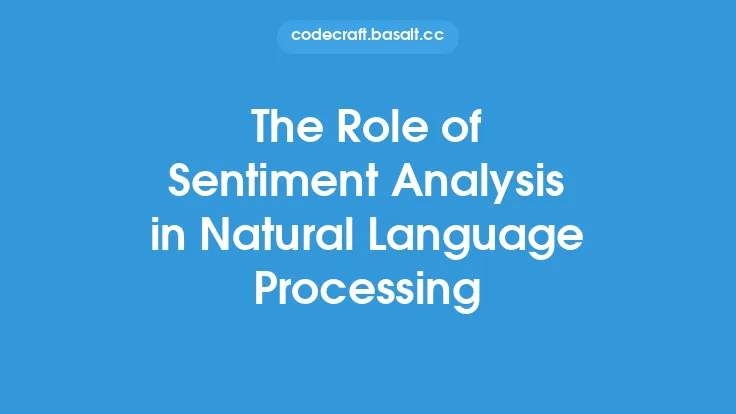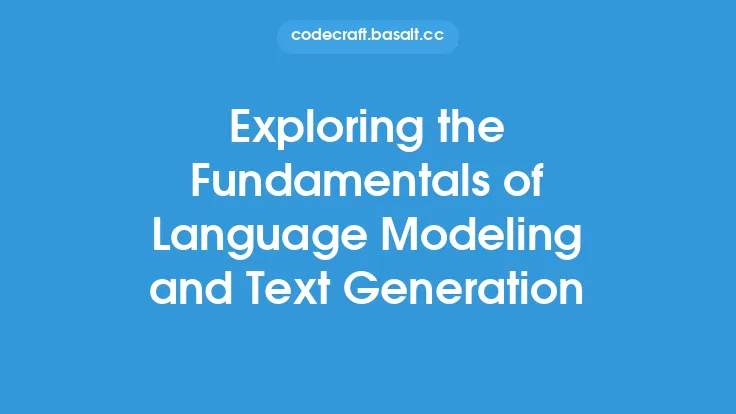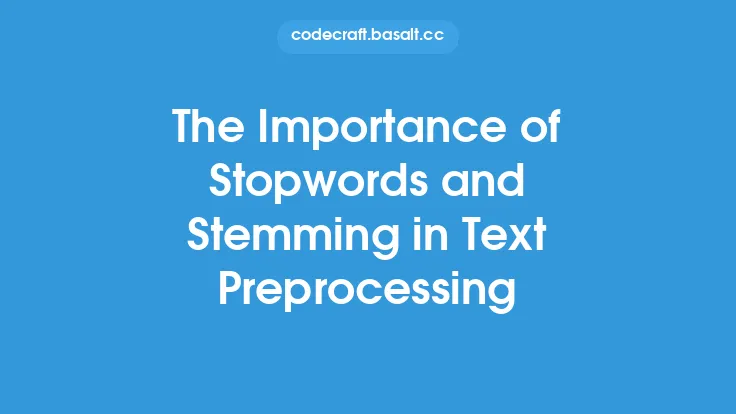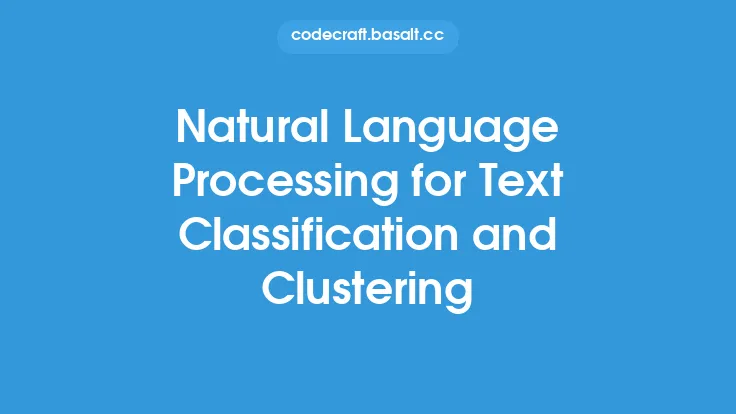Topic modeling is a type of natural language processing (NLP) technique used to discover hidden topics or themes in a large corpus of text data. It is an unsupervised machine learning approach that enables the analysis of text data without prior knowledge of the topics or categories present in the data. The goal of topic modeling is to identify patterns and relationships in the data that can help extract meaningful insights and understand the underlying structure of the text.
Introduction to Topic Modeling
Topic modeling is based on the idea that each document in a corpus can be represented as a mixture of topics, where each topic is a probability distribution over a fixed vocabulary. The topics are not predefined, but rather learned from the data during the modeling process. This approach allows topic modeling to be applied to a wide range of text data, including books, articles, social media posts, and more. The most common topic modeling technique is Latent Dirichlet Allocation (LDA), which is a generative model that represents each document as a mixture of topics, and each topic as a mixture of words.
Applications of Topic Modeling
Topic modeling has a wide range of applications in natural language processing, including text analysis, information retrieval, and document classification. One of the key applications of topic modeling is in the analysis of large volumes of text data, such as social media posts or customer reviews. By applying topic modeling to this data, organizations can gain insights into customer opinions and sentiment, and identify trends and patterns that can inform business decisions. Topic modeling can also be used to improve the accuracy of document classification models, by providing a more nuanced understanding of the topics and themes present in the data.
Techniques Used in Topic Modeling
There are several techniques used in topic modeling, including Latent Dirichlet Allocation (LDA), Non-Negative Matrix Factorization (NMF), and Latent Semantic Analysis (LSA). LDA is the most commonly used technique, and is a generative model that represents each document as a mixture of topics, and each topic as a mixture of words. NMF is a technique that represents each document as a linear combination of topics, and is often used for image and signal processing applications. LSA is a technique that uses singular value decomposition to identify the underlying topics in a corpus of text data.
Evaluation Metrics for Topic Modeling
Evaluating the performance of a topic model can be challenging, as the topics are not predefined and the model is not supervised. However, there are several evaluation metrics that can be used to assess the quality of a topic model, including perplexity, topic coherence, and document classification accuracy. Perplexity is a measure of how well the model predicts the words in a document, and is often used to evaluate the performance of a language model. Topic coherence is a measure of how well the topics are defined, and is often used to evaluate the performance of a topic model. Document classification accuracy is a measure of how well the model classifies documents into topics, and is often used to evaluate the performance of a document classification model.
Real-World Applications of Topic Modeling
Topic modeling has a wide range of real-world applications, including text analysis, information retrieval, and document classification. For example, topic modeling can be used to analyze customer reviews and identify trends and patterns in customer opinion. It can also be used to improve the accuracy of document classification models, by providing a more nuanced understanding of the topics and themes present in the data. Additionally, topic modeling can be used to identify emerging topics and trends in social media data, and to inform business decisions.
Challenges and Limitations of Topic Modeling
Despite its many applications, topic modeling also has several challenges and limitations. One of the key challenges is the selection of the optimal number of topics, which can have a significant impact on the performance of the model. Another challenge is the interpretation of the topics, which can be difficult to understand and may require significant domain expertise. Additionally, topic modeling can be computationally intensive, and may require significant computational resources to train and evaluate the model.
Future Directions for Topic Modeling
There are several future directions for topic modeling, including the development of new techniques and algorithms, and the application of topic modeling to new domains and applications. One of the key areas of research is the development of deep learning-based topic models, which can learn complex patterns and relationships in the data. Another area of research is the application of topic modeling to multimodal data, such as images and videos, and the development of new evaluation metrics and techniques for assessing the performance of topic models.
Conclusion
Topic modeling is a powerful technique for analyzing and understanding large volumes of text data. It has a wide range of applications in natural language processing, including text analysis, information retrieval, and document classification. While there are several challenges and limitations to topic modeling, it remains a key area of research and development in the field of artificial intelligence. As the amount of text data continues to grow, topic modeling will play an increasingly important role in helping organizations to extract insights and meaning from this data, and to inform business decisions.
